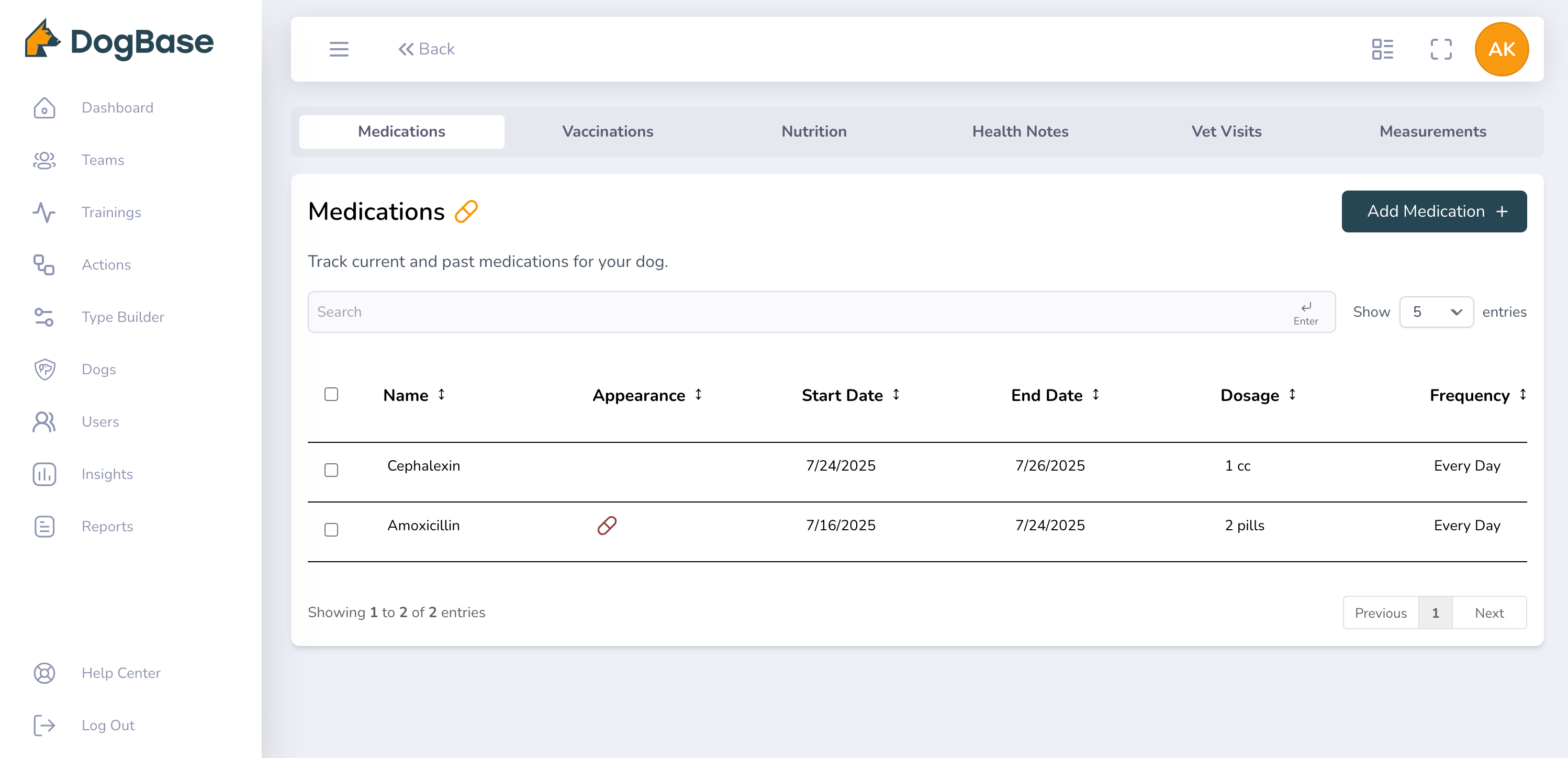
Advanced K9 SAR Strategies: Maximizing Efficiency in High-Risk Environments

Introduction
Search and Rescue (SAR) dogs are critical assets in locating missing persons, disaster survivors, and even victims in extreme terrains. Their unparalleled scenting abilities, physical agility, and intelligence make them irreplaceable in high-risk environments. But how do handlers ensure these canines perform effectively in disaster zones, urban landscapes, or wilderness? This blog explores advanced SAR strategies that maximize efficiency, with real-world examples and actionable insights.
The Challenges of High-Risk Environments

High-risk environments present unique challenges, often requiring SAR teams to adapt their strategies on the fly. These scenarios can range from natural disasters to urban hazards, each demanding specialized approaches:
- Disaster Zones: Collapsed buildings and debris require dogs to navigate unstable ground while focusing on locating survivors.
- Urban Settings: Dense populations and distracting scents can complicate the search process.
- Wilderness Areas: Vast terrains and fluctuating environmental factors like wind and temperature make searches time-sensitive.
- Mudslides: These rapidly shifting environments can bury victims under layers of mud and debris, requiring careful coordination to avoid further collapses.
- Flooding: Fast-moving waters and submerged areas create dangerous conditions for both handlers and dogs, making buoyancy gear and scent training for water searches essential.
- Avalanches: Snow-covered regions challenge dogs to locate scent trails buried under meters of compact snow.
- Wildfires: Smoke inhalation and scorching temperatures pose risks, while the dogs’ ability to track scents through ash becomes critical.
Understanding these challenges and preparing accordingly can make the difference between mission success and failure. Training dogs to navigate these varied and often extreme conditions ensures they remain effective in even the most unpredictable situations.
Advanced Search Techniques for K9 SAR Teams

1. Dynamic Search Patterns
Traditional search patterns such as linear and expanding square searches are valuable, but advanced missions may require adaptability:
- Sector Searches: Divide the area into sections, assigning specific patterns to each to ensure coverage.
- Zig-Zag and Spiral Patterns: Useful in rugged terrains or large open spaces, where uniform patterns may not be feasible.
2. Scent Discrimination
Urban environments often teem with distracting scents. SAR dogs are trained to distinguish a target scent from these distractions. This skill is particularly useful in scenarios like missing persons in crowded urban settings or tracking lost hikers.
3. Technology Integration
AI-driven platforms like DogBase help handlers track training progress and optimize deployment strategies based on real-time environmental data. These systems can analyze wind speed, humidity, and terrain to suggest the best search approach.
Tactics for High-Efficiency Deployment

1. Pre-Mission Planning
Effective SAR operations start with detailed planning:
- Terrain Analysis: Leverage topographical maps and drones to scout search areas.
- Environmental Assessment: Evaluate weather conditions, wind patterns, and vegetation to predict scent movement.
- Assign Roles: Define handler responsibilities and communication protocols before deployment.
2. Simulated Training Scenarios
Mock scenarios prepare dogs for real-world challenges:
- Set up drills in urban, wilderness, and disaster-like environments.
- Incorporate distractions to test scent discrimination.
- Use rotating roles to familiarize dogs with multiple handlers.
3. Effective Communication
Maintaining clear, consistent signals is critical. Handlers should:
- Use predetermined hand signals for off-leash control.
- Train voice commands to remain calm and concise, even under stress.
4. Rest and Rotations
Ensure dogs are rotated regularly during prolonged missions to prevent overexertion.
Gear and PPE for K9 SAR Teams
For the Dog
- Protective Boots: Shield paws from broken glass, sharp rocks, or hot/cold surfaces. Opt for rugged, anti-slip designs.
- Cooling Vests: Help regulate body temperature during high-heat operations.
- Harness with Handles: Essential for navigating uneven terrain or lifting the dog over obstacles.
- Reflective Gear: Improves visibility during nighttime or low-light operations.
For the Handler
- Durable Gloves: Protect hands while handling rough debris.
- Headlamps and Reflective Vests: Ensure visibility and safety during night searches.
- First Aid Kits: Tailored to include supplies for both human and canine injuries.
- GPS Devices: Track movement and mark search areas effectively.
Safety Protocols and Identifying Potential Dangers
Common Hazards
- Environmental Risks: Falling debris, unstable surfaces, or extreme weather.
- Chemical Exposure: Urban settings or disaster zones may contain hazardous materials.
- Animal Threats: Wilderness areas can include encounters with predators or venomous insects.
Spotting Warning Signs
- Dog’s Behavior: Watch for signs of fatigue, limping, or excessive panting.
- Environmental Indicators: Look for leaking chemicals, unstable debris, or extreme weather changes.
- Handler Awareness: Monitor personal fatigue and dehydration, as your health impacts the dog’s performance.
On-Leash vs. Off-Leash Protocols
- On-Leash: Ideal for areas with environmental hazards, tight spaces, or when directing precise movements.
- Off-Leash: Best in open terrain or areas where the dog can work independently without distractions.
Contamination Hazards and Decontamination
Contamination Risks
- Urban and Disaster Zones: Exposure to chemicals, oil, or hazardous debris.
- Wilderness Areas: Potential for ticks, mud, or bacterial contamination from water sources.
Decontamination Process
- Pre-Mission: Apply protective balms to paw pads and inspect the dog’s coat for vulnerabilities.
- Post-Mission: Rinse the dog thoroughly with clean water to remove debris or chemicals. Use mild, dog-safe shampoo if needed.
- Gear Cleaning: Wash all protective gear, leashes, and harnesses to prevent buildup of contaminants.
Handler Decontamination
- Disinfect Boots and Gloves: Clean with appropriate solutions to avoid spreading contaminants.
- Personal Hygiene: Wash thoroughly, especially after handling materials like oil or chemicals.
Things to Watch Out For

For Handlers
- Overconfidence: Avoid skipping detailed planning or cutting rest times short to “save time.”
- Physical Limitations: Be honest about your endurance and hydration levels.
- Miscommunication: Ensure all team members understand commands and mission objectives.
For Dogs
- Behavioral Cues: Know your dog’s stress signals, such as excessive barking, drooling, or refusing commands.
- Injury Risks: Regularly inspect for cuts, abrasions, or signs of heatstroke.
- Overexertion: Schedule rest intervals during long missions.
Real-World Examples
Hurricane Katrina (2005)
SAR dogs played a pivotal role in locating survivors in the aftermath of Hurricane Katrina. Canines trained in dynamic search patterns effectively navigated through debris-filled environments to locate trapped individuals.
Nepal Earthquake (2015)
In Nepal, K9 units successfully found survivors amidst collapsed buildings. Their ability to adapt to shifting debris and understand subtle commands from handlers was instrumental.
Key Metrics in K9 SAR Performance
- Search Success Rates: On average, SAR dogs have a success rate of 75–85% in wilderness missions when trained with advanced techniques.
- Time Saved: Proper training and planning can reduce search time by up to 40%, a critical factor in life-or-death situations.
- Environmental Impact Factors: Studies show wind direction and humidity can alter scent trails, affecting dog performance by 30–50%.
Conclusion
Maximizing efficiency in high-risk SAR missions requires advanced training, strategic planning, and the integration of technology. By equipping teams with the right gear, adhering to safety protocols, and understanding contamination risks, K9 SAR teams can enhance their effectiveness while ensuring safety for both dogs and handlers.
Unleash the Potential of Your Working Dog with DogBase.
Our innovative platform streamlines training, simplifies data tracking, and leverages AI to optimize performance for all working dog teams.
What our customers says about us
Support & Share
Get Started with DogBase























